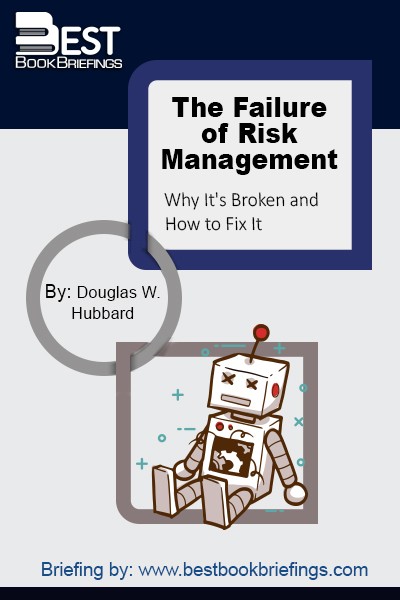The Failure of Risk Management
Why It's Broken and How to Fix It
Editorial Review
Risk Management methods are many and are fairly new. They are growing in popularity. Some are well-established and highly regarded. Some take a very soft qualitative approach and others are rigorously quantitative. When such methods are measured rigorously, they don't appear to work. The answer for the second question is also no; most managers would not know what they need to look for to evaluate a Risk Management method and can be fooled by groupthink about the method. A more typical circumstance is that the Risk Management method itself has no performance measures at all, even in the most diligent, metrics-oriented organizations. This widespread inability to differentiate between methods that work and methods that don't work means that ineffectual methods are likely to spread. Ineffectual methods may even be touted as best practices and, like a dangerous virus with a long incubation period, are passed from one company to another with no early indicators of ill effects until it is too late.
Book Reviews
Books on Related Topics
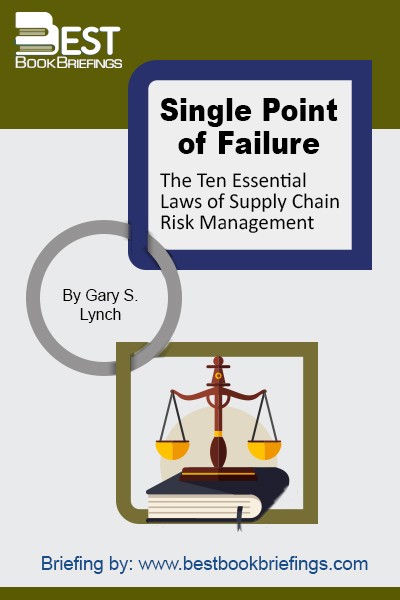
Single Point of Failure: The 10 Essential Laws of Supply Chain Risk Management uses analogies and dozens of case histories to describe the risk parasite that infects all supply chains while revealing methods to neutralize that parasite.
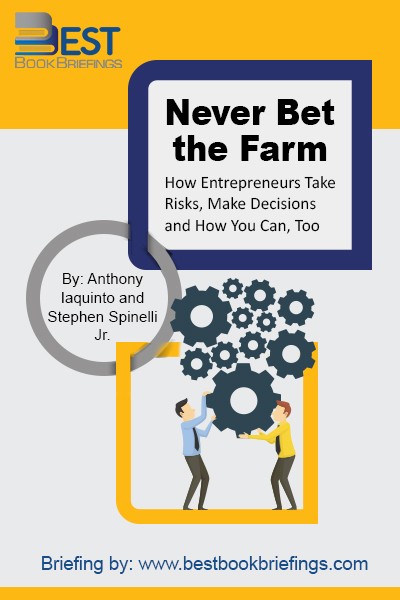
The attitude one has towards their business and towards their success or failure is a key component to lead a happy entrepreneurship and successful life. Entering an entrepreneurship can be and is a scary road trip for most, and never did it guarantee instant success. But those who come out strong
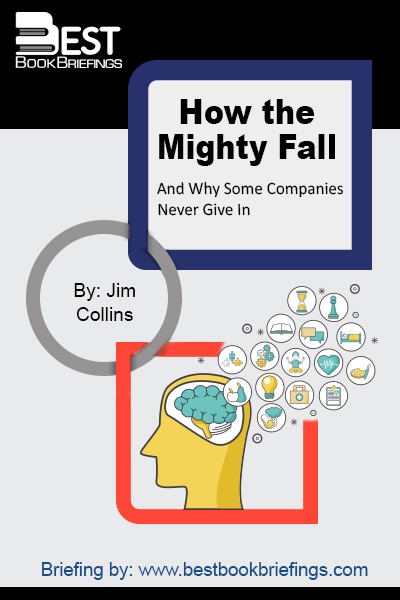
This book is not about gloating over the demise of once-mighty enterprises that fell, but about seeing what we can learn and apply to our own situation. By understanding the five stages of decline, leaders can substantially reduce the chances of falling all the way to the bottom, tumbling from iconic
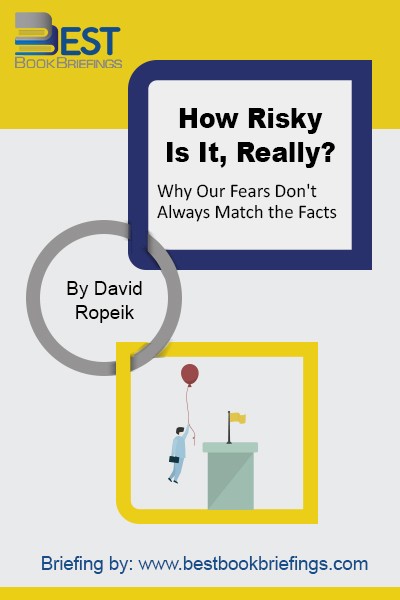
You’ve probably seen this phenomenon in your family or friends, or maybe even within yourself, where the fears don’t seem to match the facts. Sometimes we’re more afraid of what the scientific evidence suggests are relatively small risks, but quite often, we aren’t afraid enough of the risks that the evidence
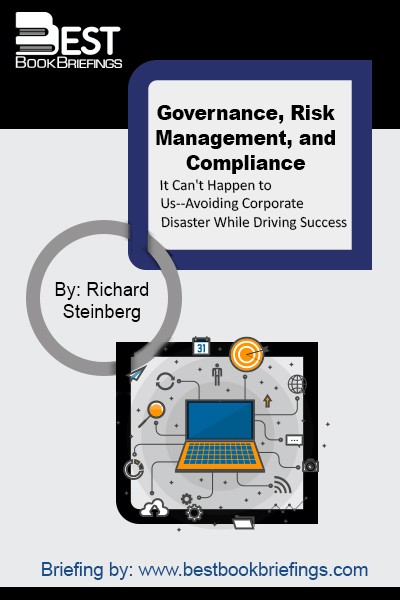
Any chief executive whose ship is sinking, with the lights dimming and music fading, is likely to ask, “How did this happen? How did I allow myself and my company to end up like this?” Directors of once great companies also find themselves asking similar questions. “Did I and my fellow

